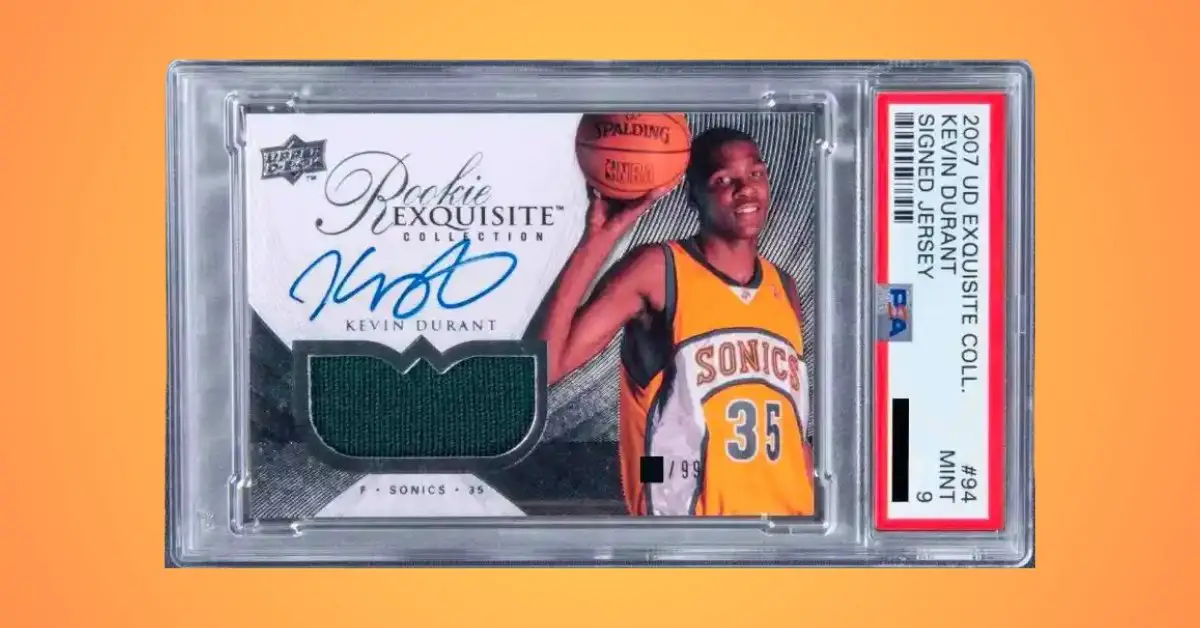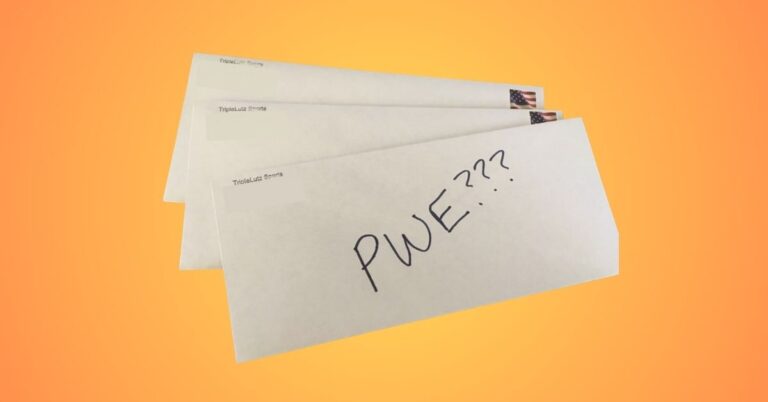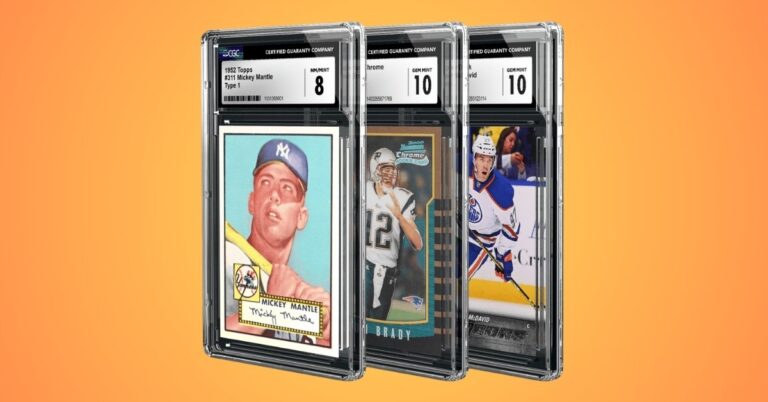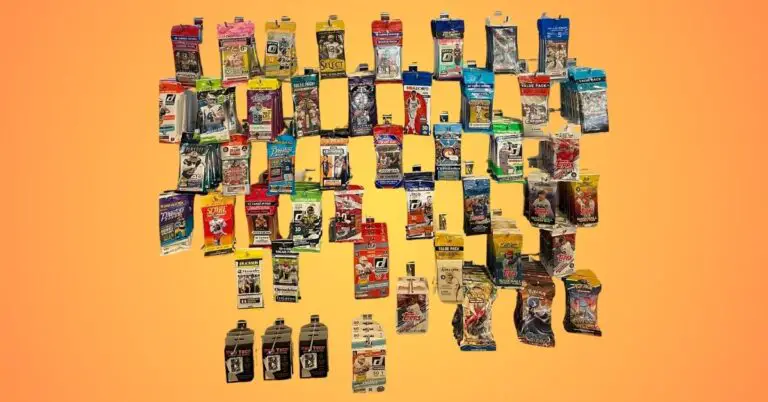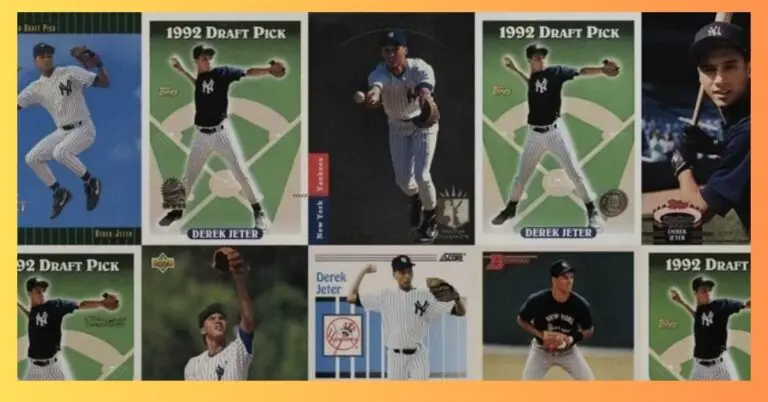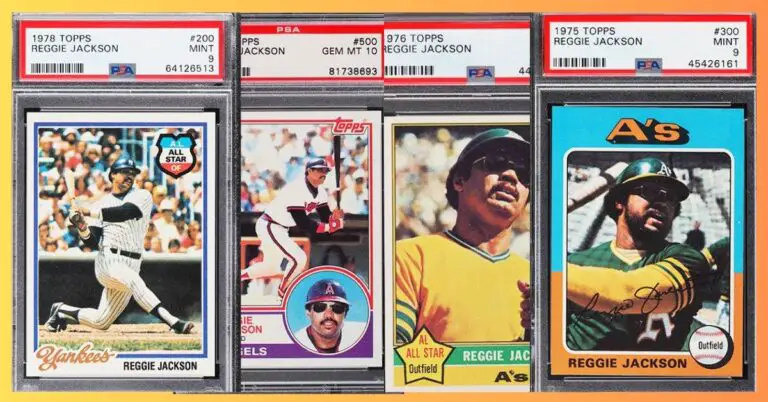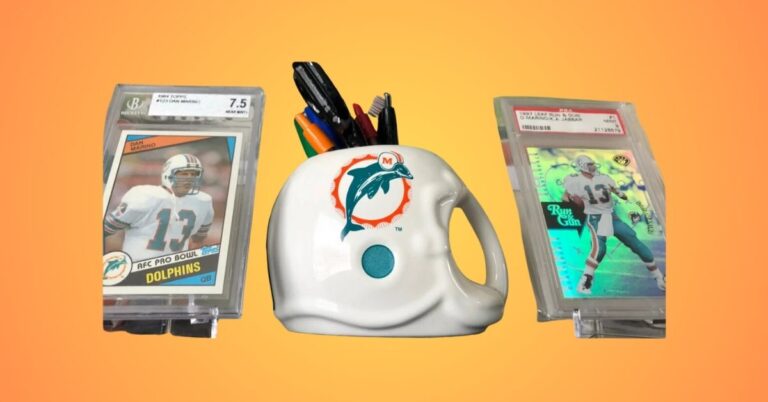What Does RPA Mean? | In Sports Cards
In the world of sports card collecting, where passion meets investment, some terms can excite collectors. But what does RPA mean? RPA stands for Rookie Patch Autograph. For many, an RPA is not just a card, it is a valuable item filled with nostalgia. These cards are more than collectibles, they represent the hopes of rookie players and include pieces of their jerseys.
RPAs are special because each card has a rookie player’s autograph and a patch from their game-worn jersey. We will explore what makes RPAs so important in sports card collecting and why they are prized by collectors who want rare items and celebrate the athletes they admire.
What Does RPA Mean?
In sports card collecting, few terms spark as much interest and intrigue as RPA. But what does RPA mean? It stands for Rookie Patch Autograph, a coveted type of card that combines three elements highly sought after by collectors: the rookie player’s autograph, a piece of their game-worn jersey patch, and the thrill of adding a promising talent to your collection.
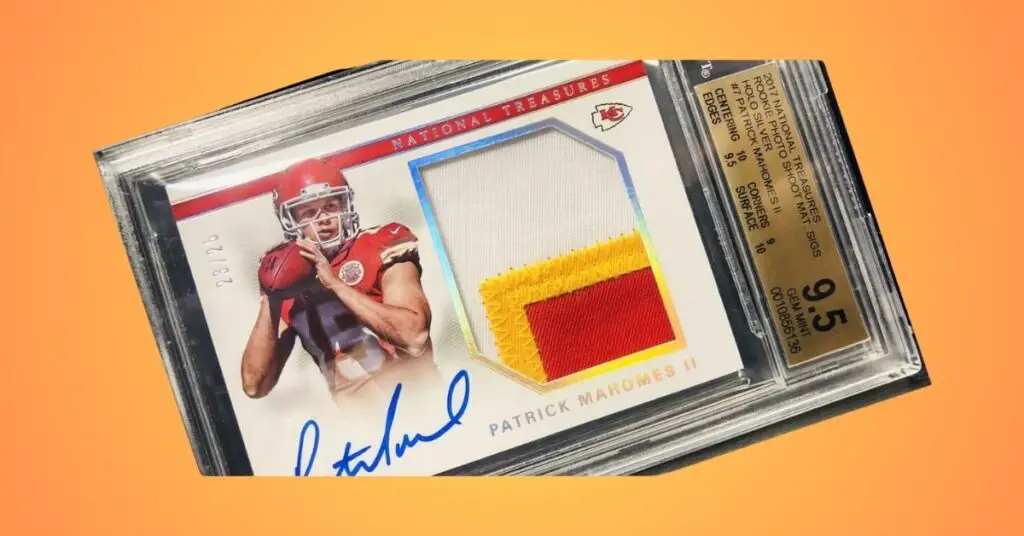
RPA cards lies not just in their physical attributes but also in their potential value over time. As rookie players make their mark on the sport, these cards can become golden tickets for collectors looking to capitalize on rising stars.
What Makes RPA Cards Special?
In world of sports collectibles, few items command attention quite like RPA cards. But what does RPA mean in sports card, and why have they become a hot topic among collectors? There are a few key factors that contribute to their special status:
- Rarity:
- Authenticity:
- Investment Potential:
Rarity
Limited print runs and unique patches make certain RPAs highly coveted among enthusiasts. With some of these cards fetching astronomical prices at auctions, it is clear that rarity plays a pivotal role in defining their significance.
Authenticity
RPA Cards combine three essential elements that every collector desires: rarity, authenticity, and a touch of artistry. An autographed card featuring an athlete at the peak of their rookie season, complete with a patch from their jersey that tells its own story.
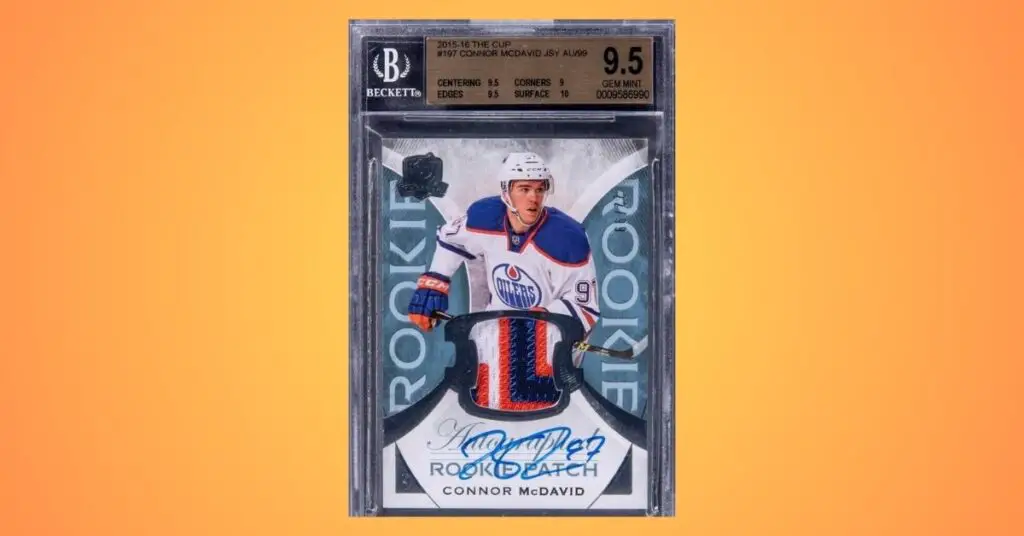
This unique combination not only enhances the value but also connects enthusiasts to their favorite players on a deeply personal level.
Investment Potential
With their combination of limited production runs and coveted signatures from rising stars in various sports, RPA cards have become a hot topic among collectors looking to diversify their portfolios.
Sports card market continues to expand beyond traditional boundaries, understanding the investment potential behind RPA card meaning becomes increasingly crucial.
How to Identify RPA Cards
Identifying an RPA card is not just about spotting its unique features; it is about understanding the nuances that make each card a valuable artifact of sports history.
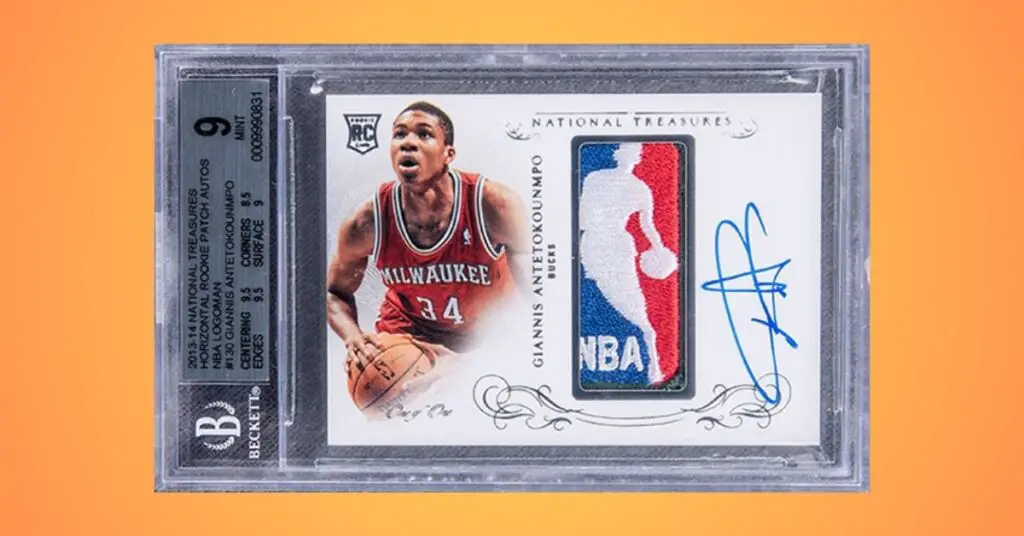
There are a few key characteristics to look for when trying to determine if a card is an RPA:
- Player Designation:
- Patch and Autograph Placement:
- Card Manufacturer:
Player Designation
Rookie cards in RPA sets are typically marked with a distinctive “Rookie” logo or text, signifying that it is the player’s inaugural card release, making it easily identifiable as their first-year issue.
Patch and Autograph Placement
With an ever-growing market flooded with various card types, distinguishing an authentic RPA from others its patch and autograph placement.
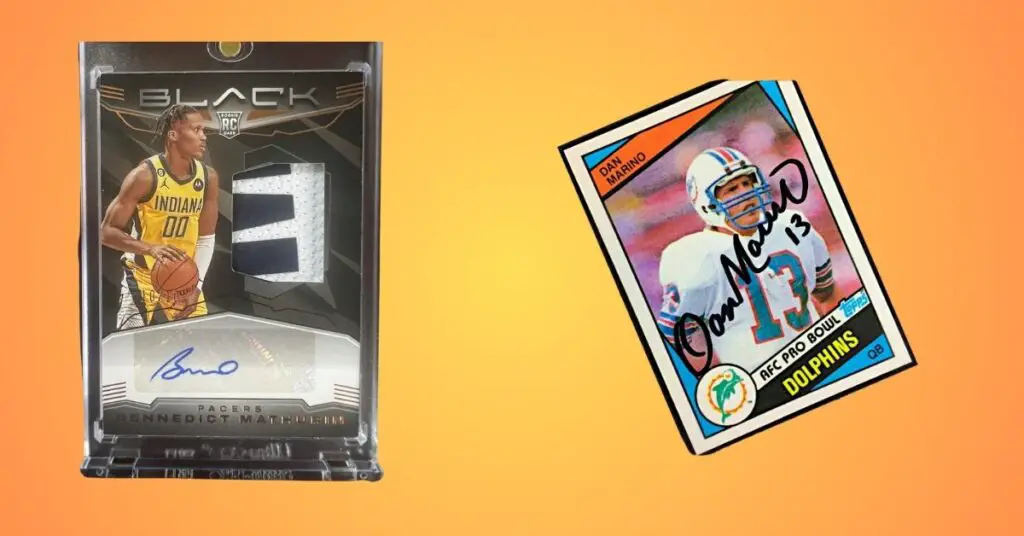
The seamless integration of a game-worn jersey patch alongside a bold signature creates an unmistakable hallmark that elevates the card’s value and desirability.
Card Manufacturer
Some sports card manufacturers are more prolific in producing Rookie Patch Autograph (RPA) cards than others, so it is helpful for collectors to familiarize themselves with the various manufacturers and their product lines to more easily spot potential RPA cards and stay ahead in their collecting pursuits.
What Is The Difference Between RPA And PWE?
In sports card collecting, knowing the difference between RPA (Rookie Patch Autograph) and PWE (Plain White Envelope) can improve your trading experience.
An RPA is a prized card for serious collectors because it features a player’s autograph and a piece of their game-worn jersey.
PWE is a simple way to ship cards. Unlike padded mailers that focus on protection, PWEs are for collectors on a budget who trade or buy lower-value cards.
Conclusion
What does RPA mean? It stands for Rookie Patch Autograph, is a significant term in the world of sports card collecting that denotes a rookie player’s signed card featuring a piece of their game-worn jersey. This unique combination of rarity and authenticity makes RPAs highly sought after by collectors and investors alike, often commanding premium prices in the market.
The allure of owning an RPA lies not only in its investment potential but also in the emotional connection fans have with emerging talent in their respective sports.
FAQs
How is the Patch on an RPA Selected?
The patch is typically taken from a player’s game-worn jersey and can vary in design and color, with some patches being more desirable due to their uniqueness or rarity.
Are all RPAs Equally Valuable?
No, the value of an RPA can vary greatly based on factors such as the player’s popularity, the card’s condition, rarity, and market demand at any given time.
How do I Authenticate an RPA?
Authenticating an RPA usually involves checking for certification from reputable grading companies like PSA or Beckett, which verify both the autograph and the authenticity of the jersey piece.

